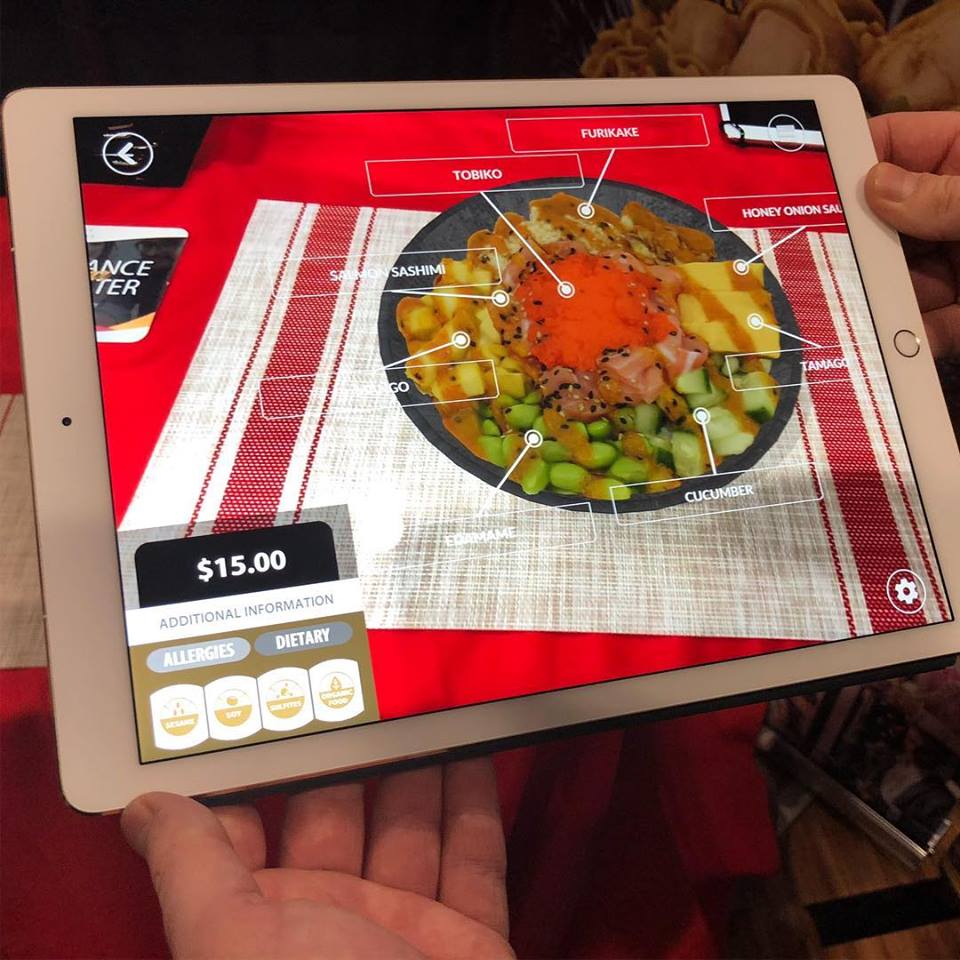Veganism is far from the fringe diet it once was, in fact, it’s become an accepted and popular option for all types of consumers. As this plant-based trend continues to flourish, experts presenting at the RC Show Canada 2019 warn that restaurants who choose not to invest in vegan options on their menu will be left in the dust.
“Any restaurant that doesn’t have a plant-based menu is burning money,” said Kiki Adami, founder of Veganizer in an interview with Xtalks. Adami, who is head of the vegan food consulting and marketing agency, helps other businesses capitalize on the plant-based movement.
She stresses that younger generations of consumers are demanding a wider variety of vegan and vegetarian options than their predecessors, “Millennials and Gen Z, they operate differently than any other consumers from generations before them, so any of the restaurants that have been in existence over the last 50 to 100 years, they have to totally 180 their identity if they want to stay in the game.”
Research also supports this transition among diners, according to a US consumer trend report, 50 percent of consumers eat vegetarian and vegan dishes at least once a month meaning food vendors who don’t incorporate these items are losing out on a significant segment of the market.
The study also indicates that many flexitarians and meat-eaters are drawn to vegan items solely for health purposes. Adami says that this vegan-curious group of consumers is mainly responsible for increasing sales in the plant-based industry, as opposed to vegetarians and vegans themselves.
“It’s people like the flexivors, the allergen people, the people who eat healthy five times a week, and then binge on the weekend. [They’re] the ones that are driving the movement,” said Adami.
In comparison to 2016, the research shows that more consumers are gradually cutting back on their meat consumption, heightening the pressure to incorporate tastier plant-based options on menus, but according to Adami there is also a balance that needs to be met between traditional preferences and the ones that are driving change in the industry.
“I am working on a small chain out in Vegas right now, and the owners of the chain, there is six locations, they have recently gone plant-based themselves and they personally just don’t feel comfortable serving the food they are serving, [but] they also have the foresight to see this is really where consumerism is going,” says Adami. “So, it’s basically just figuring out how do we keep that clientele that does love their menu and bring in the people who are really driving the food service world.”
Food Policy specialists Julie MacInnes and Riana Topan at Forward Food, a non-profit organization that helps incorporate plant-based options to institutions, stress that placement and vocabulary are vital when marketing to omnivores.
“Everything from where to place the food item on the menu to what to call it, don’t call it the vegan wings, right? Call it the spicy buffalo cauliflower wings so it’s something that not just the vegans want to eat, but all Canadians want to eat,” said MacInnes.
Topan adds that subtly is key when marketing to this group of diners. In fact, having a separate menu or section for vegan and vegetarian items could suppress sales, “we know that by integrating plant-based options into the regular portion of a menu, making it a normal option, making it even a daily special or a default options like that, that can really boost sales for sure and make it easier for people to see that this is something that fits within their day to day choices, and fits within their lifestyle.”
She also states when it comes to incorporating these items onto the mainstream menu, it’s easier than you think. “So for example just by having on hand some plant-based milk, some plant-based butter or eggless mayo, you can swap out those ingredients into typical dishes that you would serve that might already be vegetarian, or where you can swap out the protein for plant-protein and instantly you have an option you can offer to vegans or people who are looking to get more plants into their diet. “
Millennials and Gen Zers are predicted to drive market growth for non-dairy alternatives, making this a valuable product for restaurants to invest in for future sales.
With the debut of Canada’s new and heavily plant-focused food guide, MacInnes adds that institutions are also looking to increase their plant-based offerings.
“It’s not the four food groups anymore but it is having plant at the center of your plate and you know maybe a little meat on the side but meat is no longer the center of the plate so these young people, as they get older and older are becoming consumers that make more purchase decisions, restaurants are going to have to keep up and see that that is coming down the pipeline,” she says.
Despite a clear-cut desire for plant-based options, the study shows that only a third of consumers who’ve eaten both vegetarian and vegan dishes claimed these items to be satisfying. Demonstrating that the foodservice industry still has a lot to learn when it comes to improving craveability of plant-based cuisine.












Join or login to leave a comment
JOIN LOGIN